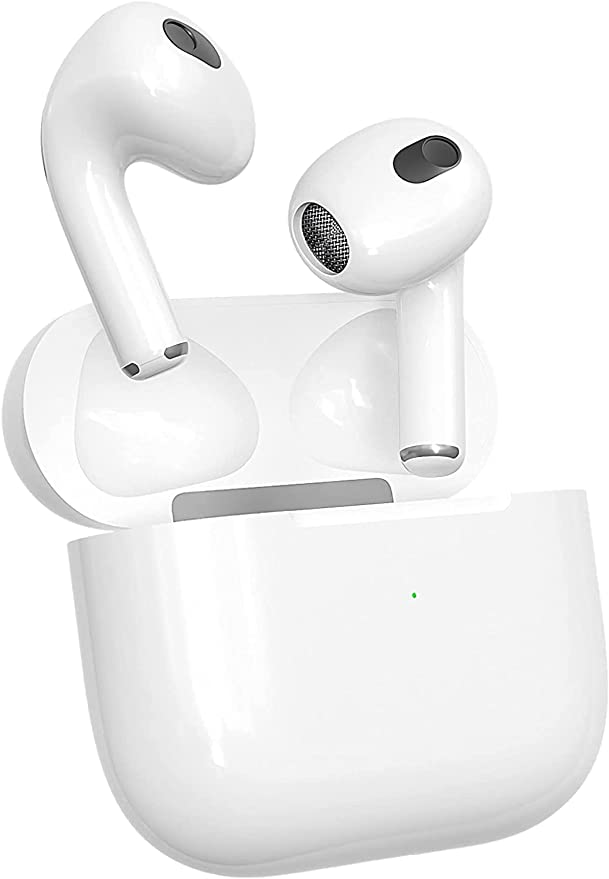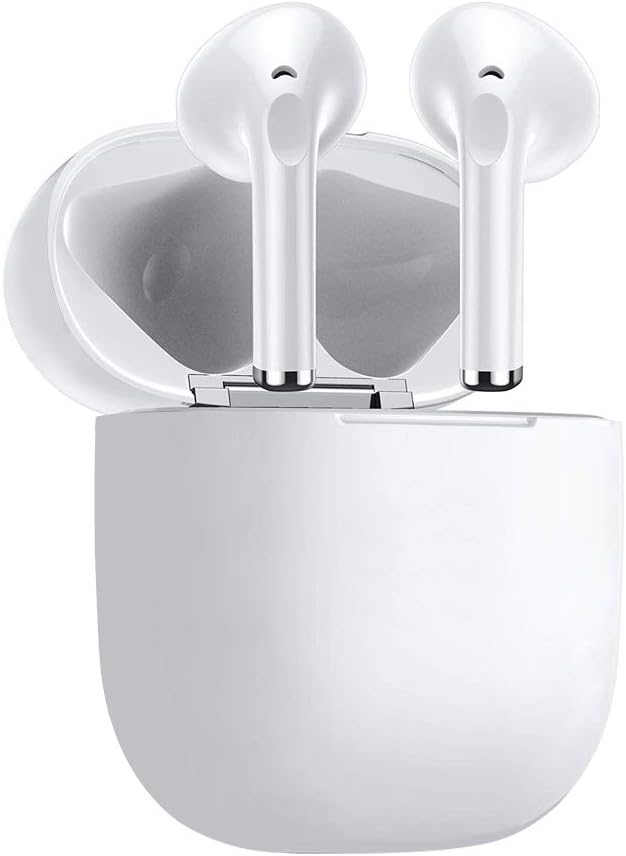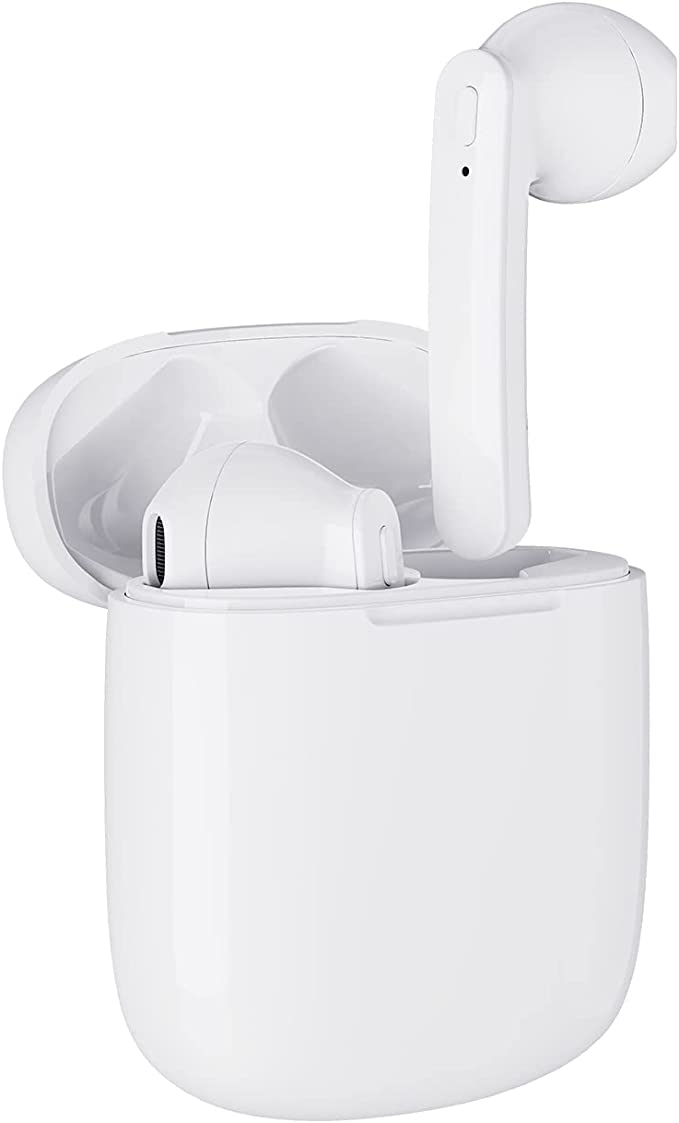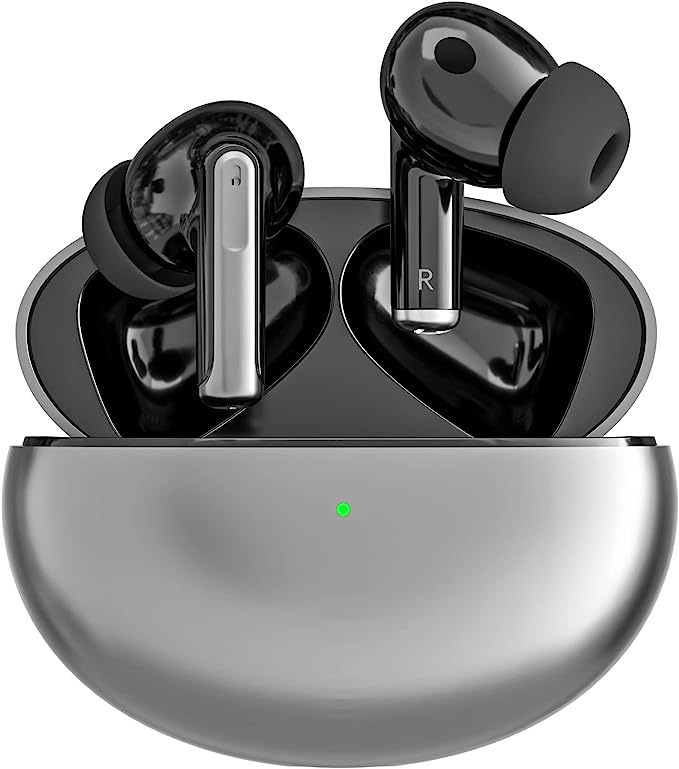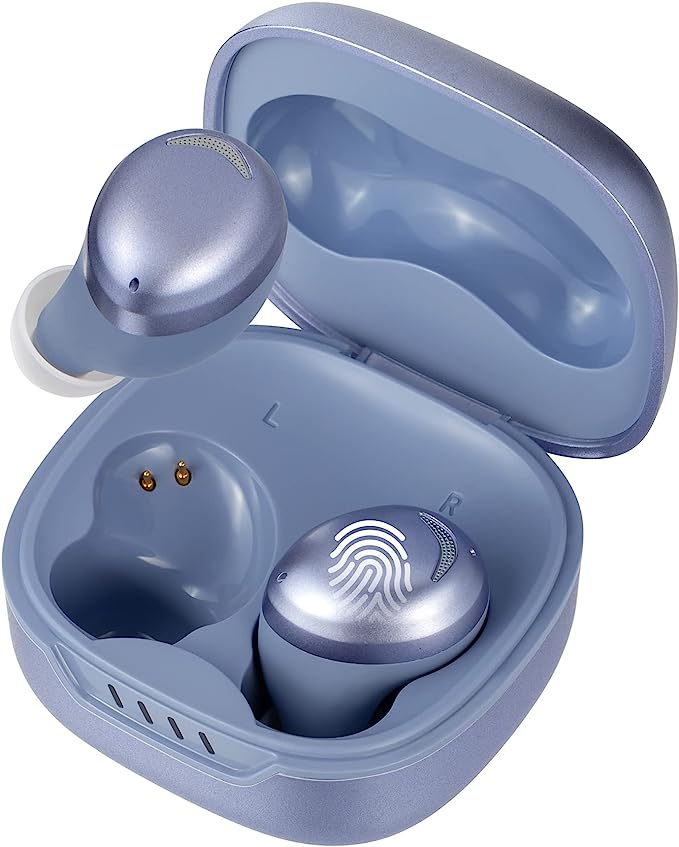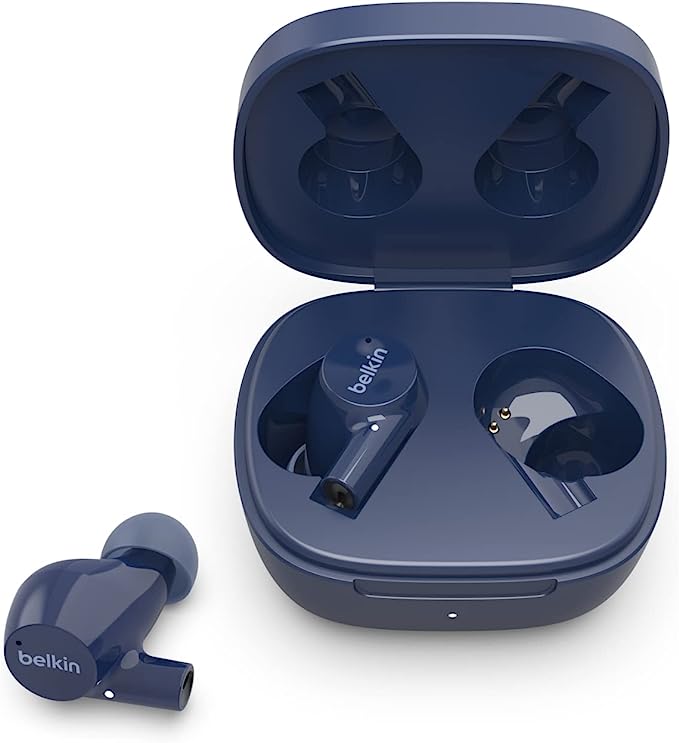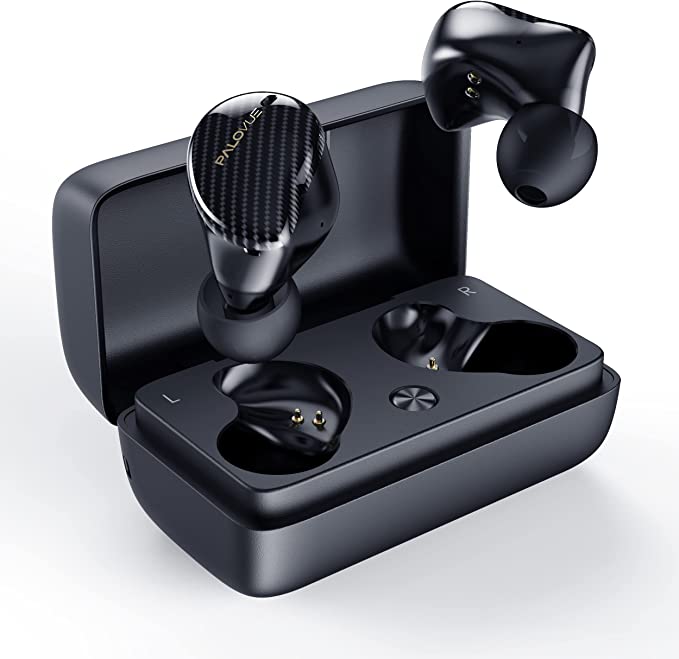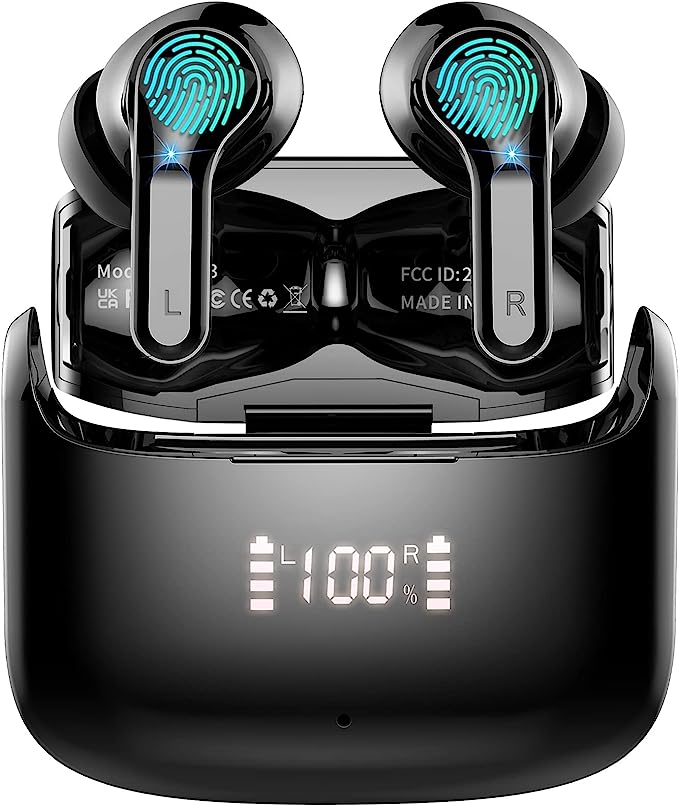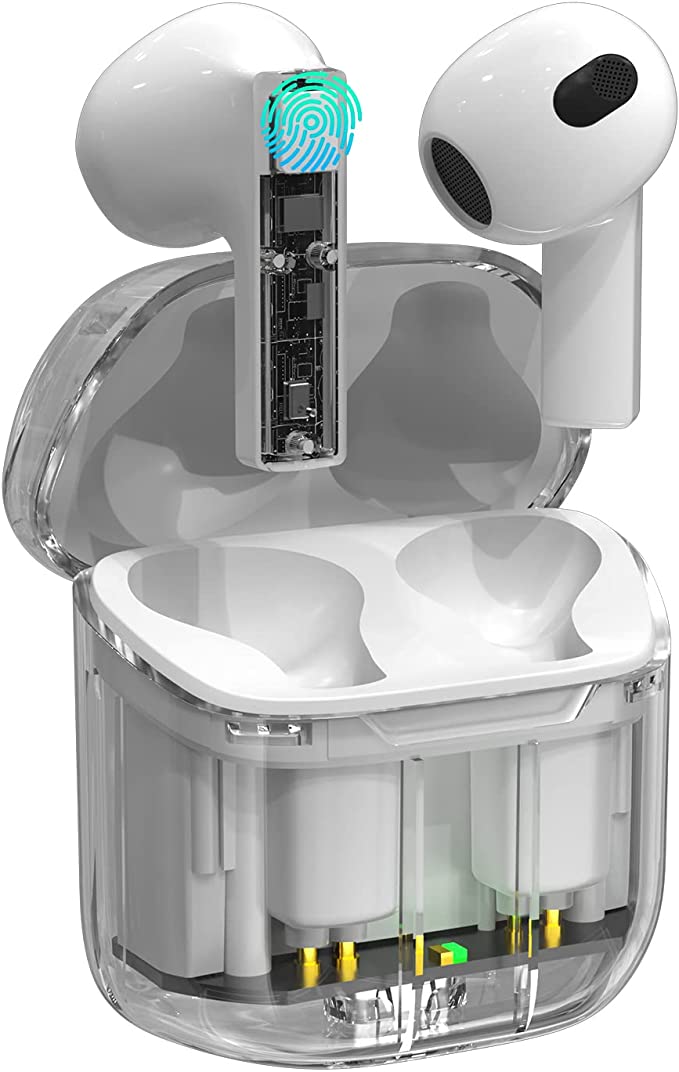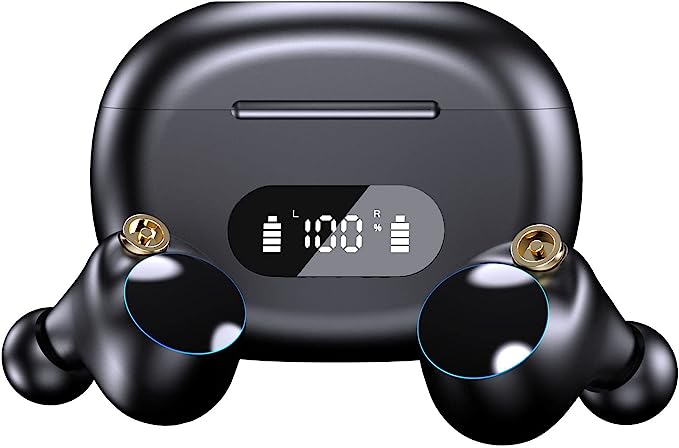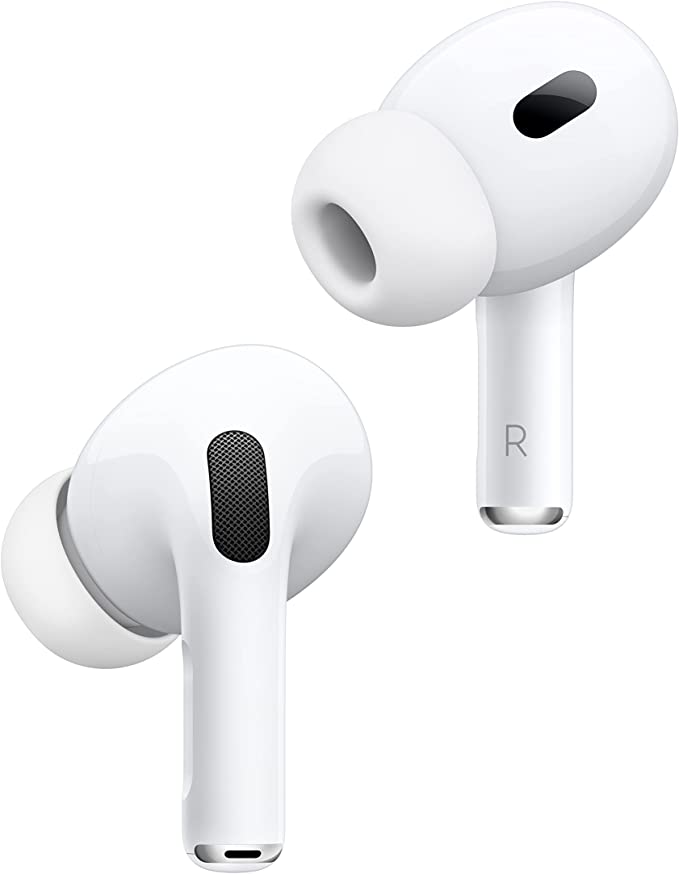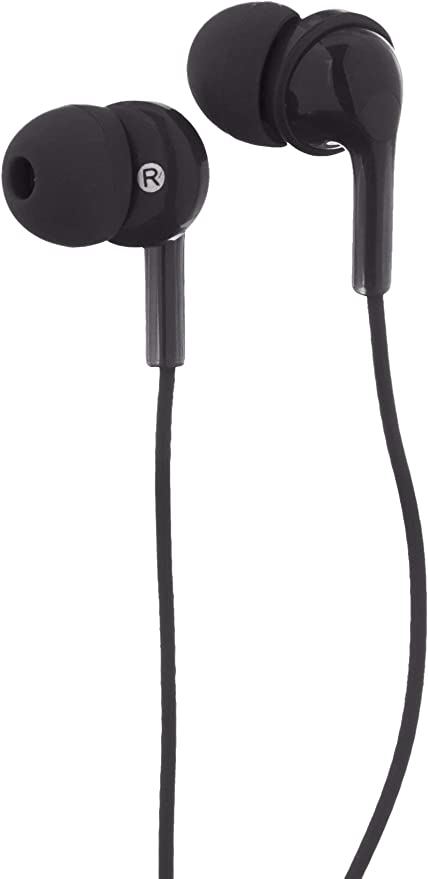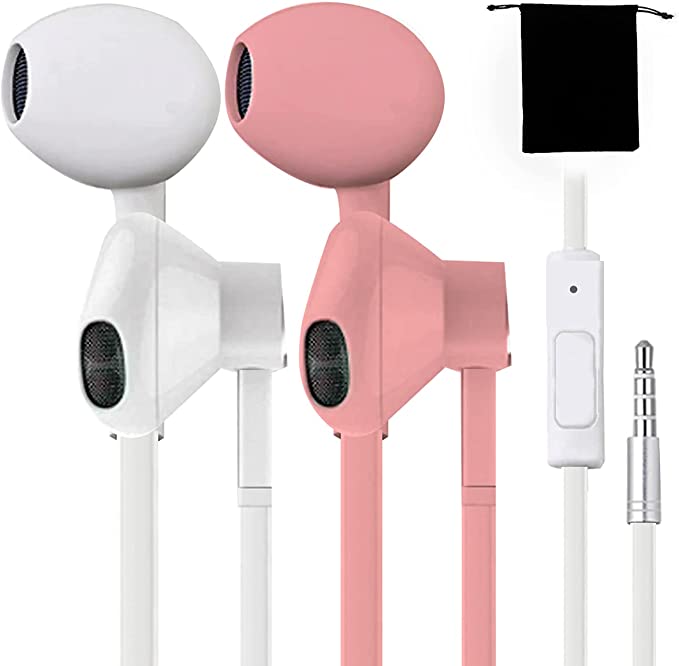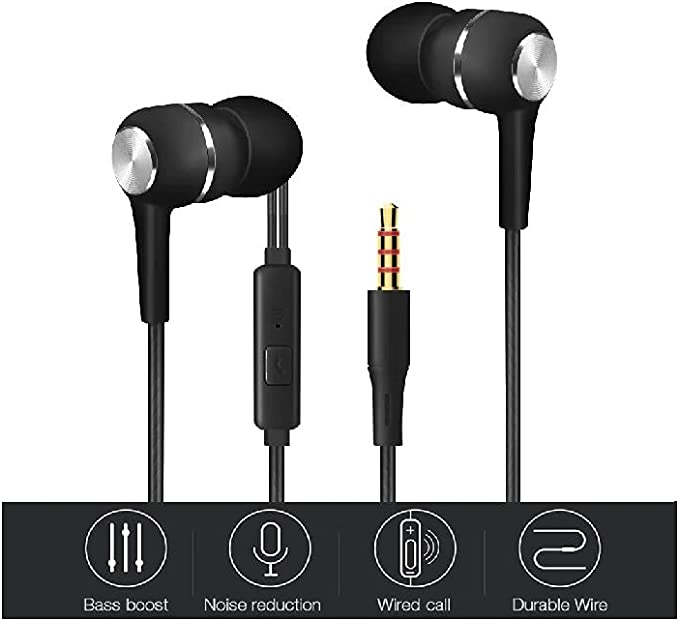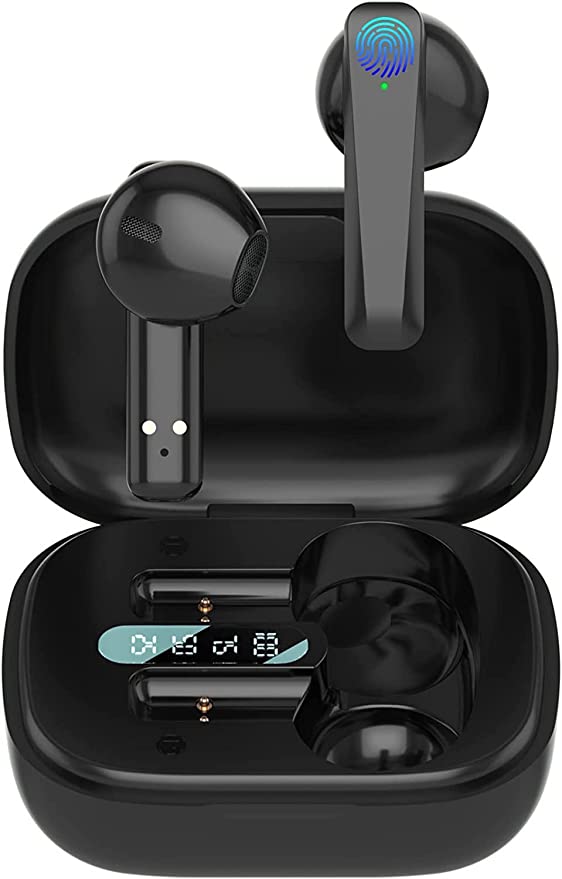Why Your $300 IEMs Sound "Bad": A Guide to Hybrid Drivers and the Perfect "Seal"
Update on Nov. 14, 2025, 8:10 a.m.
It is the single most confusing—and infuriating—experience for a budding audiophile. You’ve just spent $300 on a pair of professional-grade In-Ear Monitors (IEMs), like the Shure AONIC 4, stepping up from consumer earbuds. You plug them in, and… they sound terrible.
The sound is “tinny,” thin, and has no bass. One user might describe them as “very overrated,” claiming their “$80 earbuds sound better.” Another might say the “passive noise isolation very disappointing.”
Then, you read another review. A user with hearing loss and tinnitus says listening to the exact same product “gives me goosebumps.” A third user reports the isolation is so good, “My girlfriend just tried to talk to me and all I noticed was mouth movements.”
What is happening? Is the product defective? The answer, almost certainly, is no. You have just run into the most important—and most misunderstood—secret of high-fidelity in-ear audio: The Acoustic Seal.
The “Seal” Is Everything: Why Your IEMs Have No Bass
Your $300 IEMs do not have Active Noise Cancellation (ANC). They use Passive Sound Isolating Technology, which is a physical barrier. It’s a high-tech earplug. The AONIC 4, for example, is engineered to block up to 37 dB of noise if, and only if, it has a 100% airtight seal in your ear canal.
This seal is also the key to physics. * The Problem: Bass (low-frequency sound) is a long, powerful soundwave. To be heard, it must build up pressure in a sealed chamber (your ear canal). * The User Error: If your ear tip is too small, or not inserted correctly, there is an air gap. All that “dynamic bass” the driver is producing leaks out of this gap before it ever reaches your eardrum. * The Result: All you hear are the high-frequency sounds, which are produced by the other driver. The sound becomes “tinny,” “thin,” and “has no bass.” The isolation fails, and you can hear everything around you.
This explains the conflicting reviews. The 1-star reviewer has a bad seal. The 5-star reviewer (who noted, “I swapped them out for a smaller size and BAM”) has a perfect seal. Before judging any IEM, you must spend ten minutes trying every single eartip in the included “fit kit,” especially the yellow foam ones, which many users find provide the best isolation and sound.
The “Hybrid” Engine You’re Not Hearing
Once you have the seal, you “unlock” the advanced engine you paid for. The AONIC 4 is Shure’s first dual-driver hybrid. This isn’t a gimmick; it’s a “two-way speaker” system for your ear.
-
Driver 1 (The “Woofer”): A Dynamic Driver
This is a single, traditional-style driver “specially tuned for dynamic bass.” Its entire job is to move air and create that rich, “beautifully balanced… nice bass” that 5-star reviewers rave about. But again, if your seal is bad, its entire contribution is lost. -
Driver 2 (The “Tweeter”): A Balanced Armature (BA)
This is a different, more “exotic” technology. BAs are tiny, precise, and fast, originally built for hearing aids. This driver’s entire job is “extended high frequency detail” and “clear voice articulation.” It’s what makes the sound “phenomenal” and “clear.”
A user with a bad fit is, in effect, listening to a $300 tweeter with no woofer. It’s no wonder their $80 single-driver earbud sounds better.

Why “Cheap Plastic” and “Annoying Cables” Are Actually “Pro” Features
The AONIC 4 is born from Shure’s decades of making “pro” gear for musicians on stage. This leads to design choices that can confuse consumer-level buyers.
1. The “Cheap Plastic” vs. “Stage-Ready” Debate
A user might note the “driver housing is cheap, fragile plastic” and that “$50 - $100 IEMs have metal housing.” This is a misunderstanding of purpose.
* Metal: Looks and feels “premium,” but it is heavy and cold.
* Shure’s Resin Shell: The AONIC 4’s “ergonomic low-profile design” is made of lightweight, 3D-molded resin on purpose. It’s designed to “disappear” in your ear and be comfortable for a musician’s 3-hour set, or as one user said, “I sleep with them in.” It prioritizes ergonomics over aesthetics.
2. The “Annoying” vs. “Secure” Over-Ear Cable
A new user might find the “secure, over-the-ear design” to be “incredibly annoying to wrap around your ears.”
* Why it’s better: This pro-style fit does two things:
1. It locks the IEM in place, securing the all-important acoustic seal.
2. It eliminates “microphonics”—the thumping, rubbing sound you get from a cable that hangs straight down.
3. The $300 Lifespan: Detachable MMCX Cables
One 4-star review from Angie noted her left ear sound was failing after four months, and “Pretty sure it is the cord.”
* On a $80 earbud: This would mean the product is now e-waste.
* On the AONIC 4: This is a minor inconvenience. The cable is detachable via a “MMCX” connector. This is the single biggest “pro” feature. It means the $300 earbuds are a long-term investment, and the $20 cable is a replaceable “wear item.” You simply buy a new cable, and your IEMs are back to 100%.
Conclusion: An Instrument, Not a Toy
Pro-grade IEMs like the Shure AONIC 4 are not “plug-and-play” consumer devices. They are high-performance instruments. Their value—the “goosebumps,” the “phenomenal” balance, the 37dB of isolation—is not delivered to you; it must be unlocked by you.
But the key is simple: spend 10 minutes with the fit kit. Try the foam tips. Get that perfect, airtight seal. You’ll know it when you hear it: the bass will suddenly appear, the world will go silent, and you’ll finally hear what you paid for.
